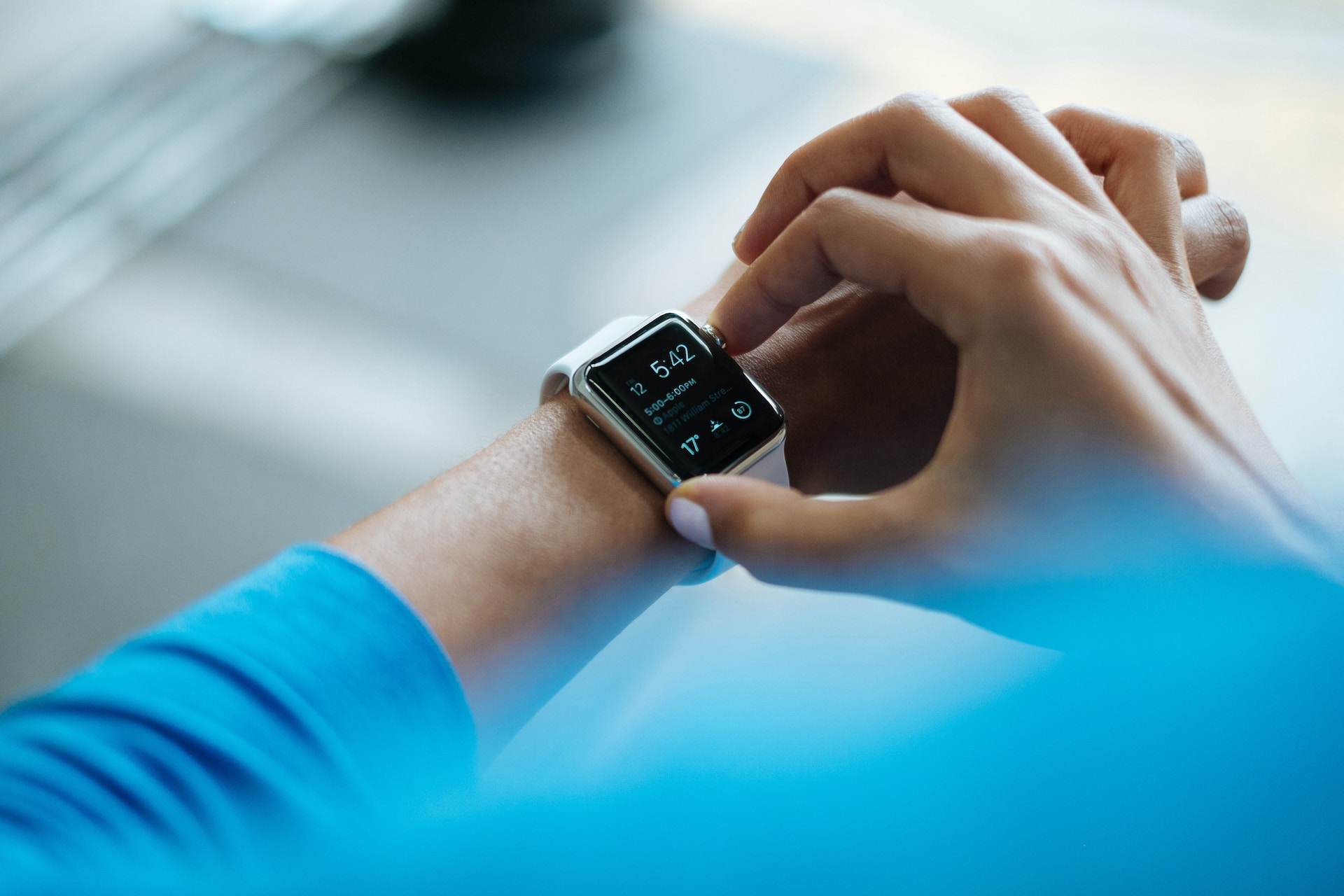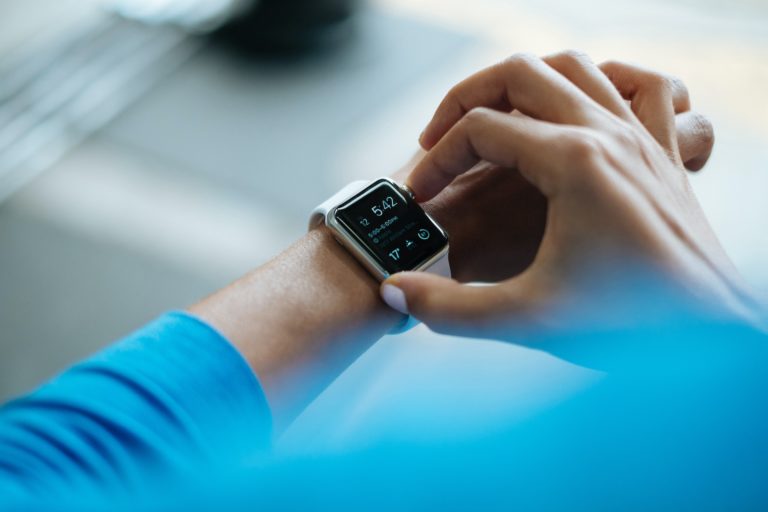Smart watches could predict higher risk of heart failure
A recent research proved that smart watches are highly effective in predicting heart failure risks. In fact, even more effective that ECG
Smart watches health feature are quite a thing: a thing of safety, most of all, as a recent study by University Central London proved.
The study looked at data from 83,000 people who had undergone a 15-second electrocardiogram (ECG) comparable to the kind carried out using smart watches and phone devices.
The researchers identified ECG recordings containing extra heart beats which are usually benign but, if they occur frequently, are linked to conditions such as heart failure and arhythmia (irregular heartbeats). They found that people with an extra beat in this short recording (one in 25 of the total) had a twofold risk of developing heart failure or an irregular heart rhythm (atrial fibrillation) over the next 10 years.

Heart failure
Heart failure is a situation where the heart pump is weakened. It cannot often be treated. Atrial fibrillation happens when abnormal electrical impulses suddenly start firing in the top chambers of the heart (atria) causing an irregular and often abnormally fast heart rate. It can be life-limiting, causing problems including dizziness, shortness of breath and tiredness, and is linked to a fivefold increased risk in stroke.
Wearable device: connecting health care to daily life
Wearable devices such as smart watches could be used to detect a higher risk of developing some specific diseases, such as those heart failure-related or irregular heart rhythms.
The study we are quoting, led by University Central London, suggests that. The peer-reviewed study, published in The European Heart Journal — Digital Health, looked at data from 83,000 people who had undergone a 15-second electrocardiogram (ECG) comparable to the kind carried out using smart watches and phone devices.
The researchers identified ECG recordings containing extra heart beats which are usually benign but, if they occur frequently, are linked to conditions such as heart failure and arrhythmia (irregular heartbeats).
They found that people with an extra beat in this short recording (one in 25 of the total) had a twofold risk of developing heart failure or an irregular heart rhythm (atrial fibrillation) over the next 10 years. The ECG recordings analysed were from people aged 50 to 70 who had no known cardiovascular disease at the time.
The study suggests that ECGs from consumer-grade wearable devices may help with detecting and preventing future heart disease.

The study: smart watches VS ECG
In an ECG, sensors attached to the skin are used to detect the electrical signals produced by the heart each time it beats. In clinical settings, at least 10 sensors are placed around the body and the recordings are looked at by a specialist doctor to see if there are signs of a possible problem. Consumer-grade wearable devices rely on two sensors (single-lead) embedded in a single device and are less cumbersome as a result but may be less accurate.
For the new paper, the research team used machine learning and an automated computer tool to identify recordings with extra beats. These extra beats were classed as either premature ventricular contractions (PVCs), coming from the lower chambers of the heart, or premature atrial contractions (PACs), coming from the upper chambers.
The recordings identified as having extra beats, and some recordings that were not judged to have extra beats, were then reviewed by two experts to ensure the classification was correct.
Next step
The next step is to investigate how screening people using wearables might best work in practice. Such screening could potentially be combined with the use of artificial intelligence and other computer tools to quickly identify the ECGs indicating higher risk, as was done in the study, leading to a more accurate assessment of risk in the population and helping to reduce the burden of these diseases.
Senior author Professor Pier D. Lambiase (UCL Institute of Cardiovascular Science and Barts Heart Centre, Barts NHS Health Trust) said: “Being able to identify people at risk of heart failure and arrhythmia at an early stage would mean we could assess higher-risk cases more effectively and help to prevent cases by starting treatment early and providing lifestyle advice about the importance of regular, moderate exercise and diet.”

Transform how people look after themselves
By tracking our physical well-being, wearable technology can help us better understand ourselves and improve our overall health.
Wearable technology can provide insight into your health by tracking your heart rate, blood pressure, temperature, calories burned and other key metrics. The information provided by these devices allows you to make informed decisions about your diet, exercise habits, sleep patterns and more.
Wearables can even help you identify warning signs that indicate something might be wrong with your body. They may alert you when you’re not sleeping enough or not eating enough vegetables—things that can have a huge impact on your overall health.
Medical data privacy is THE issue
With all of this data being collected about us every day, it’s important to make sure it’s secure and safe from prying eyes. If you’re using a wearable device that transmits data over Bluetooth or Wi-Fi networks then there’s always a chance someone could intercept it while it’s being transmitted between devices.
data source: University College London
cover image: Luke Chesser via Unsplash
Maker Faire Rome – The European Edition has been committed since its very first editions to make innovation accessible and usable to all, with the aim of not leaving anyone behind. Its blog is always updated and full of opportunities and inspiration for makers, makers, startups, SMEs and all the curious ones who wish to enrich their knowledge and expand their business, in Italy and abroad.
Our Calls are open: if you too have a brilliant, innovative and unpublished project that you would like to present at #MFR2023, discover the Call for Makers, the Call for Schools and the Call for Universities & Research Institutes. Choose the one that suits you best and submit your idea by May 31st: if selected, you will exhibit it at Maker Faire Rome, on October 20 – 22.
Follow us, subscribe to our newsletter: we promise to let just the right content for you to reach your inbox.



















































































